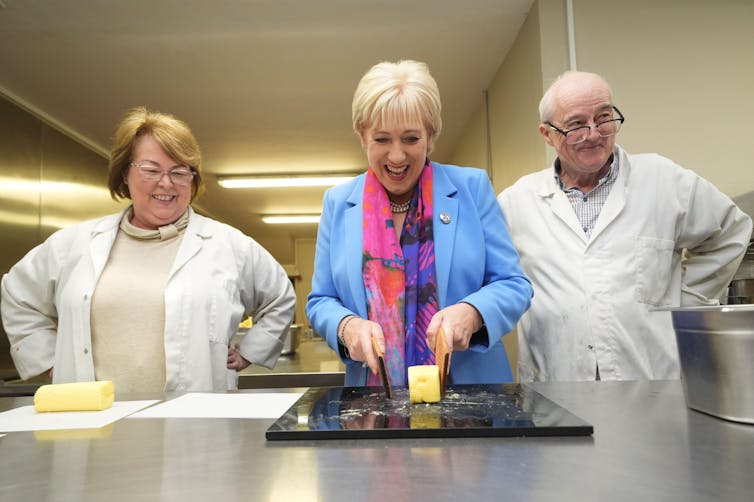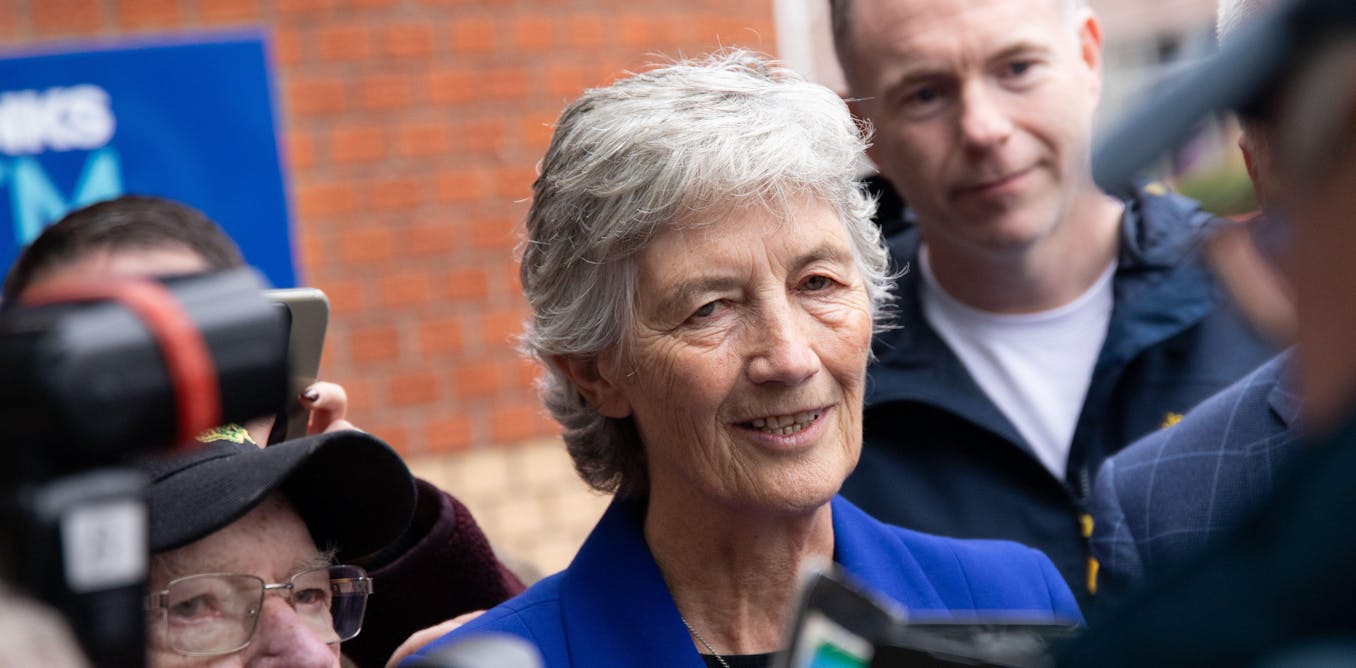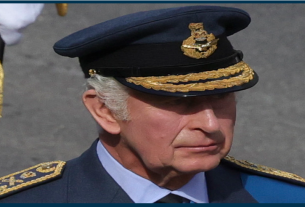Voters across the Republic of Ireland will head to the polls on October 24 to elect a new head of state to replace Michael D. Higgins. His replacement will be Ireland’s tenth president since the role of president was established in the 1937 constitution.
Once considered largely ceremonial and “above politics,” the presidency has evolved significantly in recent years. Since Mary Robinson’s landmark election in 1990, campaigns have become increasingly political, combative and unpredictable. This year is no exception. Jim Gavin, one of the three candidates, has already withdrawn from the race – although his name will still be listed on the ballot.
Even before nominations closed, the electorate was entertained for months by speculation about who might or might not run. Names frequently mentioned included celebrities such as mixed martial artist Conor McGregor and dancer Michael Flatley, alongside various politicians such as former Taoiseach Bertie Ahern.
However, securing a place on the presidential ballot is not easy. Candidates must have the backing of at least 20 members of the Oireachtas (currently there are 174 members of the Dáil and 60 members of the Seanad) or the support of four of the 31 city or county councils. In the end, only three candidates managed to secure nominations, the lowest number in a contested election since 1990.

Alamy/Brian Lawless
Friday’s contest is now effectively a showdown between the leftwing independent candidate Catherine Connolly and Fine Gael’s Heather Humphreys. Interestingly, Fine Gael, a centre-right party that has been in power since 2011, has never held the presidency. Gavin was nominated by the party of the current prime minister, Fianna Fáil. A former Air Corps officer and highly successful manager of the Dublin senior Gaelic football team, Gavin ended his campaign on October 5 after it emerged that he has owed €3,300 (£2,873) to a former tenant since 2009. The tenant was, coincidentally, the deputy editor of a leading tabloid newspaper, The Sunday World.
Polls indicate an almost unassailable lead for Connolly, who has received endorsements from all the major left-leaning parties, including Sinn Féin, the Labour Party, the Greens and the Social Democrats. However, Irish presidential elections are renowned for their unpredictability. In 2011, the frontrunner, Séan Gallagher, saw his double-digit poll lead evaporate in the campaign’s final days, following a challenging TV debate watched by over a quarter of the electorate.
The role of the president
Ireland is a parliamentary republic, so the presidential role is largely ceremonial, even if the constitution grants the president certain formal powers. Direct election of the president does, however, give the role soft influence and a measure of moral authority. Higgins has been more politically outspoken than any of his predecessors, occasionally criticising government policy and, in doing so, reshaping perceptions of the office. Nonetheless, the president does not play any role in government formation or initiating and vetoing legislation. While technically responsible for appointing key figures – such as the attorney general and judges – these appointments are all made on the government’s advice.
The two main powers of the Irish president are the ability to refuse the Taoiseach’s request to dissolve the Dáil and the power to withhold their signature from a bill, referring it, instead, to the Supreme Court to test its constitutionality. No president has ever formally refused a Dáil dissolution, and the referral power has been used sparingly – only 16 times since 1938.
Ultimately, the Irish presidential election functions as a second-order contest, with leftwing opposition parties eagerly seizing on the opportunity to stage an informal referendum on the governing centre-right coalition this year.
However, even a decisive victory should not be taken as evidence of majority support for a change in government. In 2018 Higgins retook the presidency for the Labour party with an impressive 56% of first-preference votes, yet his party gained no momentum from this victory in the general elections that followed.
Reflecting the second order nature of these elections, turnout is expected to be quite depressed, and, if very low, could prove crucial to the outcome. Nearly half of respondents in recent polls say they do not feel represented by the slate of candidates on offer. That suggests participation may fall short of even 2018 levels, when it hit a historic low of just under 44%. It remains to be seen if young voters, who favour Connolly heavily, will match their enthusiasm with action.



